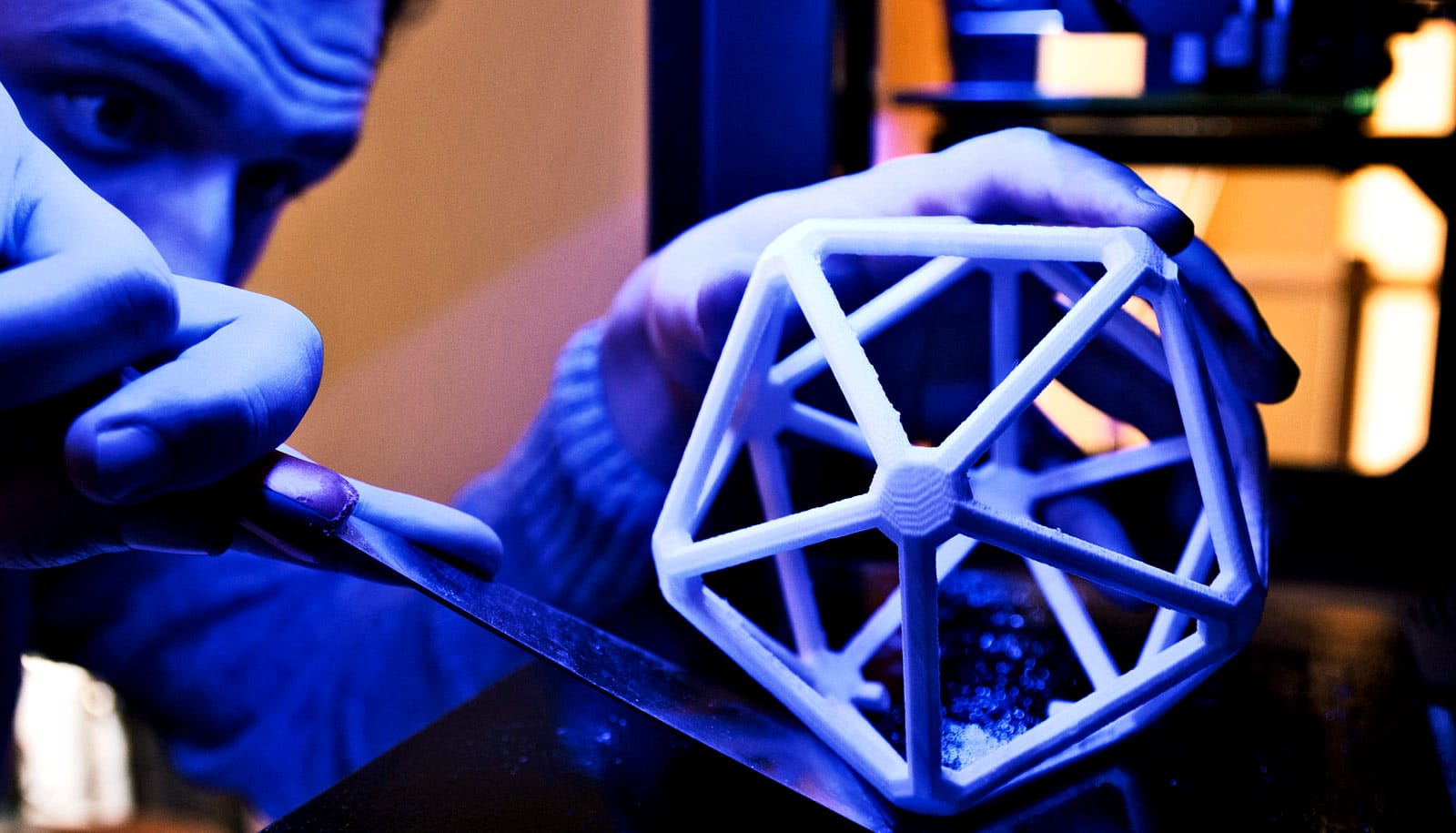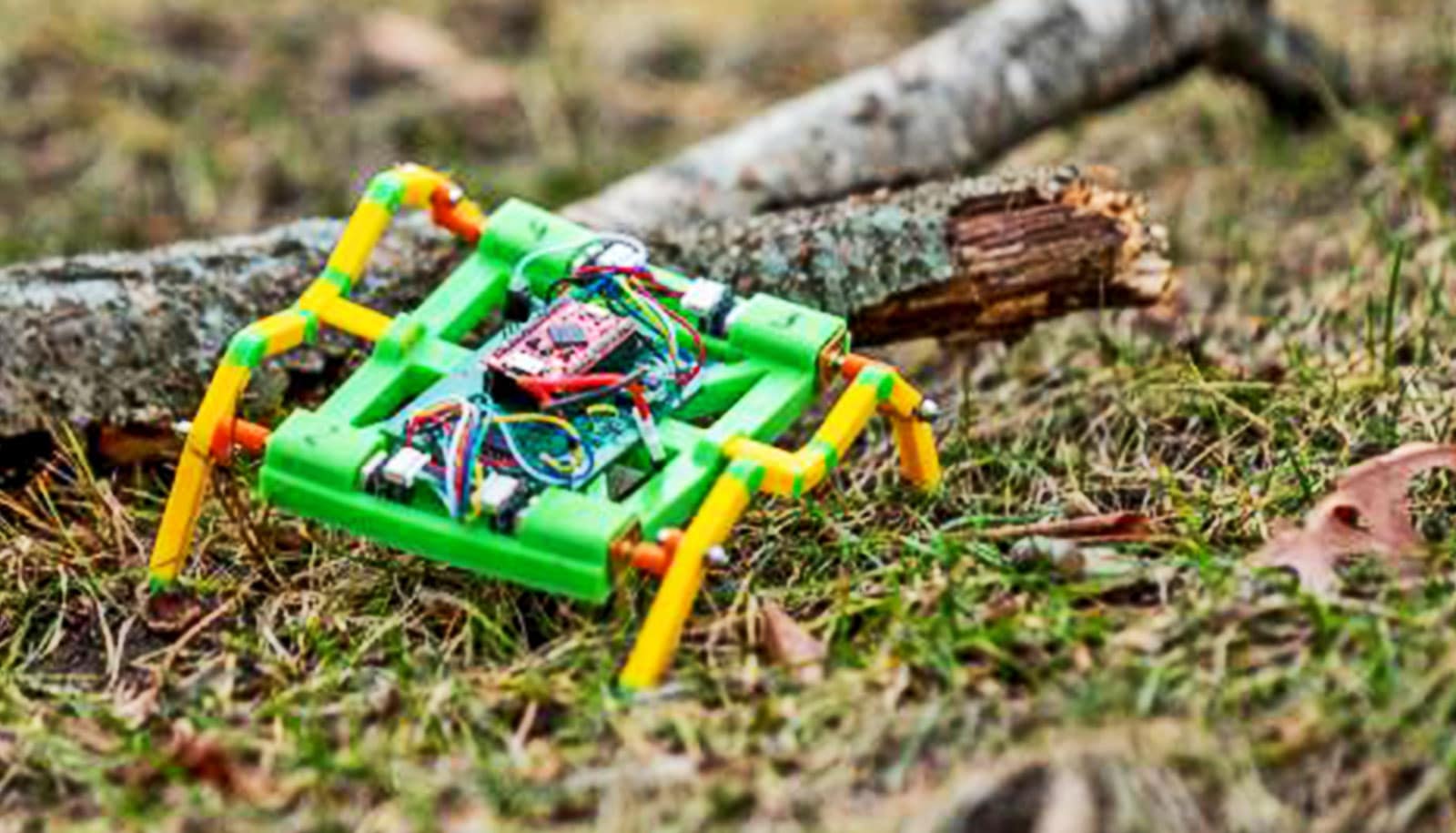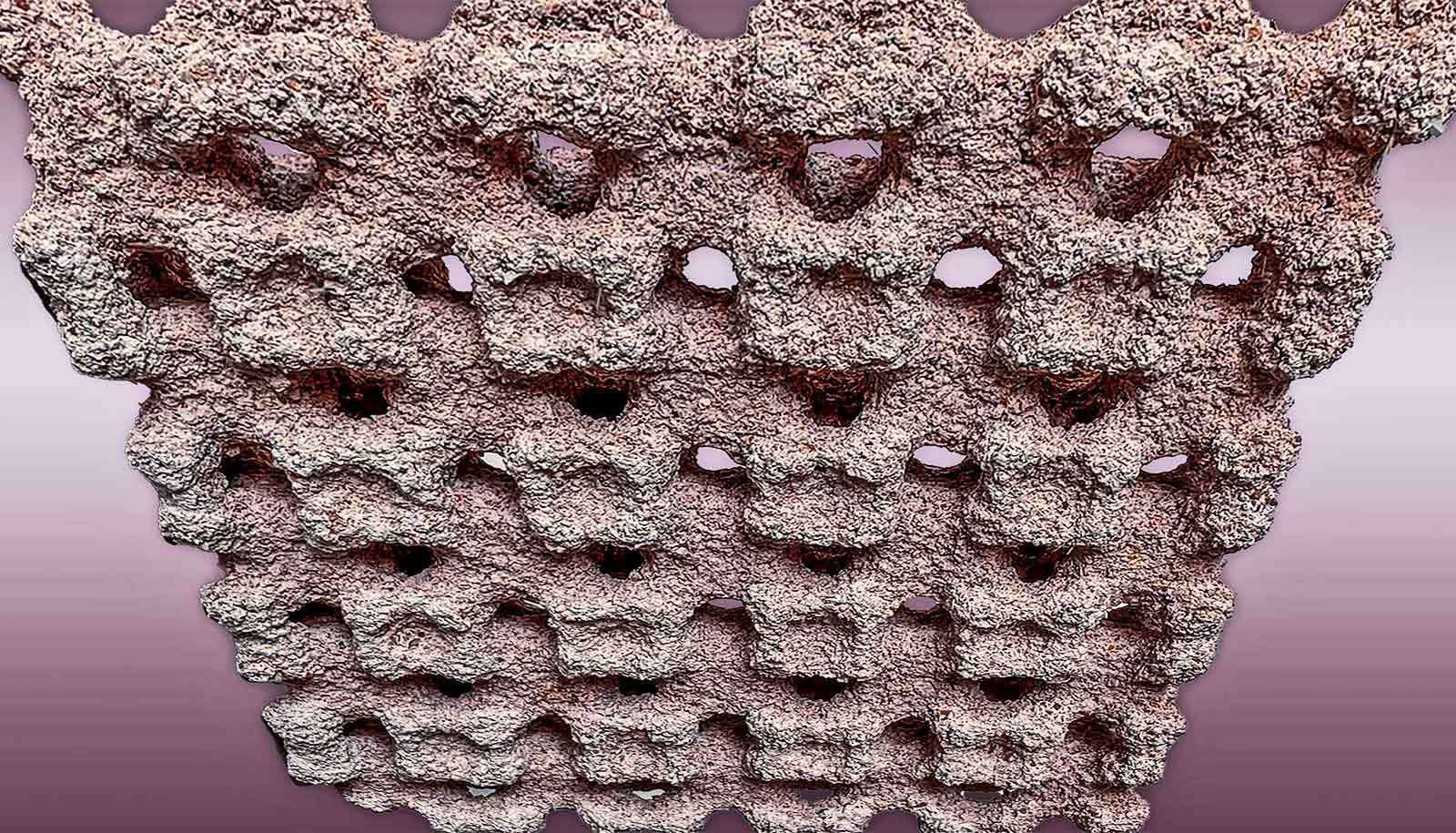Researchers have created a new algorithm that can speed up the process of 3D printing, tackling one of the biggest drawbacks to using the technology—the slow pace of work.
The algorithm allows printers to deliver high-quality results at speeds up to two times faster than those in common use, with no added hardware costs.
One of the challenges for today’s 3D printers lies in vibrations caused as they work. A printer’s movable parts, particularly in lightweight desktop models, cause vibrations that reduce the quality of the printed item. And the faster the machine moves, the more vibrations the machine creates.

“Armed with knowledge of the printer’s dynamic behavior, the program anticipates when the printer may vibrate excessively and adjusts its motions accordingly,” says Chinedum Okwudire, an associate professor of mechanical engineering who directs the University of Michigan’s Smart and Sustainable Automation Research Lab.
To ensure 3D printing machines reproduce details accurately, the machines operate slowly. And the pace of 3D printing is one of the factors that has prevented the technology finding a broader audience.
Okwudire cites statements made last year by one 3D printing company executive about the issues holding the industry back.
“We’re just waiting for the next evolution of the technology,” Simon Shen, CEO of XYZPrinting, told TechCrunch last year. “If they can do it much faster, more precise, and easier, that will bring more people to 3D printers. Not waiting for four to six hours for a print, but 40 to 60 minutes.”
In explaining how his algorithm works, he uses the example of someone trying to deliver a speech in a large hall. To reach ears in the farthest rows, that speaker will have to shout.
Should someone produce a megaphone, and the speaker still continues to shout, their voice will be overly amplified and cause the audience to squirm. Using the megaphone in a normal voice, however, produces the right clarity and volume.
“Our software is like that person who realizes their voice is going to be overly amplified,” Okwudire says. “It acts preemptively because it knows that the behavior of the printer is going to be ahead of time.
5 ways 3D printing could totally change medicine
“Eventually, one of the places we would want to see the algorithm applied is in the firmware—the software that runs on the printer itself,” he says. “That way, it will be integrated with the printers, regardless of the size.”
Okwudire says his software can also be used on a variety of industrial-grade machines which suffer from similar limitations due to vibrations.
The researchers outline their work in a paper in the journal Mechatronics.
Source: James Lynch for University of Michigan



